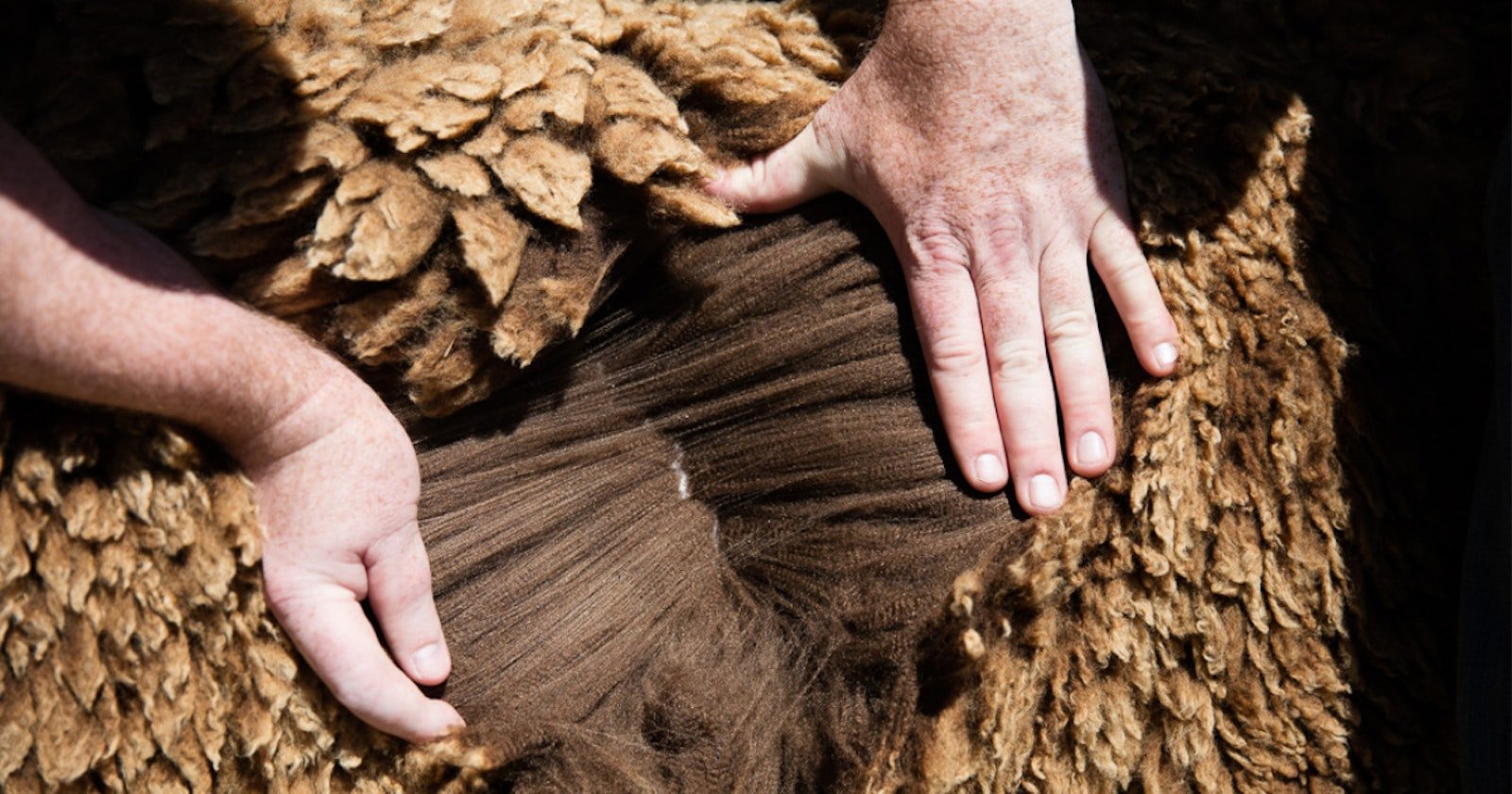Grids and Spirals
 Liz Gipson's crepe-effect rigid-heddle scarf is included in our new eBook Weaving with Handspun. | |
I love to weave with handspun yarn. Not only do I plan out projects for my rigid heddle loom, but I also save the little bits of leftover handspun yarn from knitting projects in bins organized by color for my tapestry projects.
Weaving and handspinning are perfect partners—each bringing out the best in the other. Weaving is about structure and grids—perpendicular threads that intersect and overlap. And yet within the seemingly rigid structure of the loom, there are so many choices. Will you use plain weave or one of a myriad of 8-shaft pattern drafts? (I love paging through weaving draft books fantasizing about the fabric I'm going to create.) Will your fabric be weft-faced or warp-faced or balanced? And then there are the yarn choices.
Next to the structure of weaving, spinning can seem very organic. However, the choices handspinners face are equally endless—you choose your fiber, color, texture, and grist. Do you want a fine, soft cotton or lustrous wool with a touch of silk? Do you want a thick and thin novelty yarn or a fine laceweight yarn? Are you going to keep the natural brown or dye your fiber to reflect the color of the heavens?
Wedding the structure of weaving with the organic nature of handspun yarn makes for a delightfully customizable cloth—a balance of opposites. But learning how to navigate that delicate balance can be a little overwhelming—and that's why it is nice to have a bit of guidance. Our new eBook, _Weaving with Handspun, _includes guidance from some of the best spinner/weavers working today—Rita Buchanan, Judith MacKenzie, Linda Ligon, Liz Gipson, and more. You can ask them, "Will my handspun singles yarn be strong enough for a warp? What will the energy of the twist do to the hand of my cloth? Should I weave with cotton, silk, or wool?" This eBook provides just the guidance you need to produce beautiful, functional pieces that will inspire you for decades to come.


